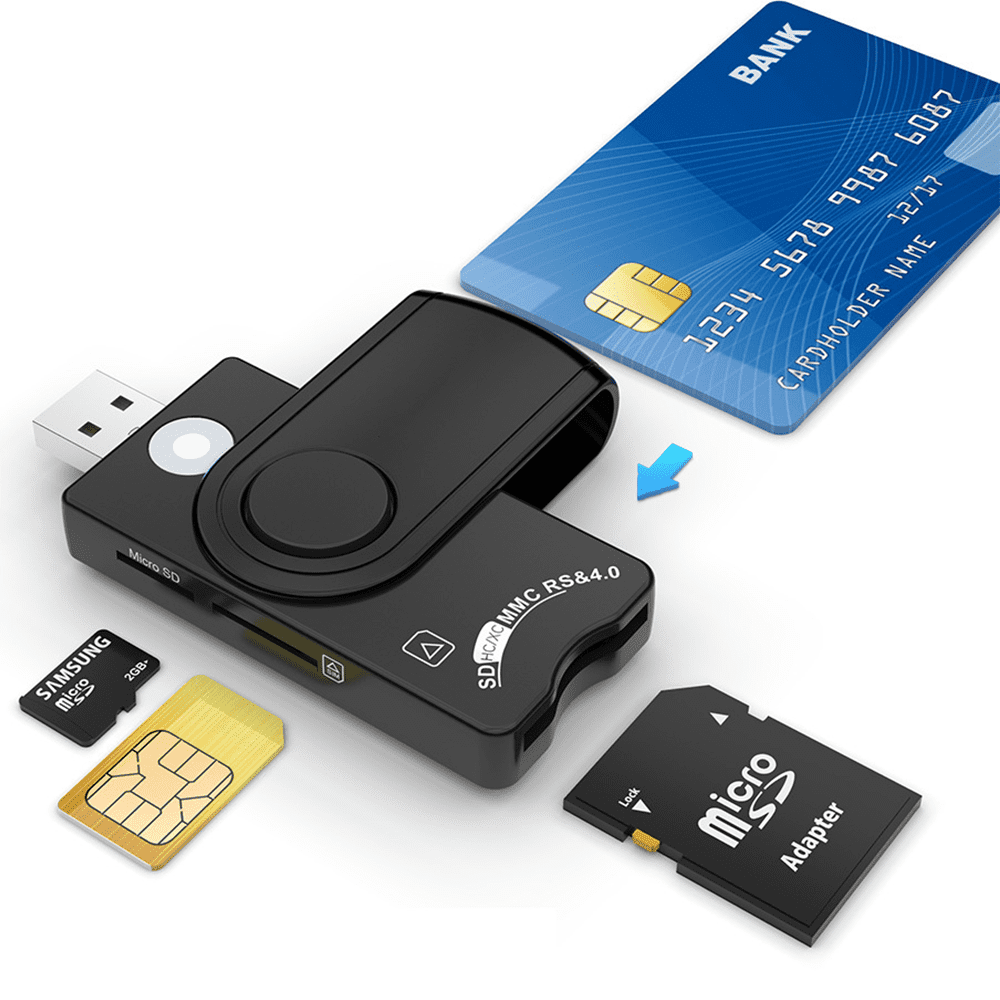

- #Needed driver links for sunpak 72 in 1 card reader software#
- #Needed driver links for sunpak 72 in 1 card reader Bluetooth#
WPANs are characterized by casual, ad hoc interconnections between devices typically in close range to one another (up to 33 feet for Class 2 devices like mobile devices and smart card readers and up to 3 feet for Class 3 devices like Bluetooth adapters for connecting a computer and keyboard or a mobile phone to a car’s speaker). Jennifer Ann Kurtz, in Hacking Wireless Access Points, 2017 Wireless PAN (802.15)
#Needed driver links for sunpak 72 in 1 card reader software#
Microsoft is also working closely with software and hardware developers so that if any module updates are needed for the smart card deployment, users can download them directly from Windows Update. Integrated third-party card modules make it easier to quickly deploy a smart card solution and enable secure communications between the CSP and other components within the smart card infrastructure. Now, a common cryptographic service provider (CSP) implements all the standard backend cryptographic functions that hardware and software developers need. Windows Vista makes using smart cards easier. A smart card subsystem is then used to provide a link between smart card readers and smart cardaware applications. A smart card database stores a list of known smart cards and a resource manager handles the resources within the database. Vista also uses a smart card common dialog box to help users select and use a smart card for authentication. The smart card is but only a portion of the subsystems used within Vista. When used with a card reader, the card can help authenticate a user looking to gain access. Enhancements have been made to allow for new components, cryptographic modules, and more support for readers.Ī smart card is an integrated circuit card (ICC) owned by an individual or a group, and it’s used to provide physical access control. Since Windows 2000 was released, smart cards have been supported, but not as well as they are now, with Windows Vista. Because smart cards offer two-factor authentication, it’s a preferred method in use rather than just using credentials, which are usernames and passwords.

Using a smart card reader with Windows Vista is about the most secure form of access control you can get today. Windows Vista also offers easier smart card deployments because most of the logon architecture developments were focused on ensuring safer access control and attempting to make the smart and the safest option for anyone accessing a Vista system. Tools and Traps… Windows Vista and Smart Cards To use smart cards for network logon, the computer must run an OS that supports smart card authentication, such as Windows 2000, Windows XP, or Windows Vista. If the PIN is compromised, an administrator can change it or issue a new card.

To log on with a smart card, a user must insert the card in the reader or swipe it through and enter a PIN that is associated with the card. The certificates are stored on the cards by an authorized administrator. Smart cards used for logon authentication generally store a digital certificate that contains user identification information, the user’s public key, and the signature of the trusted third party that issued the certificate, as well as a time for which the certificate is valid. They’re also inexpensive in comparison with biometrics authentication devices. The cards are generally resistant to tampering and relatively difficult for a hacker to compromise, because they are self-contained. This provides an extra level of security, the “something you have” factor. Smart cards can also be used for network logon authentication. These cards are especially popular in Europe. Banks use smart cards for conducting transactions. Satellite television services use smart cards in the SATV receiver to identify the subscriber and that subscriber’s service level. Smart cards can be used for different purposes, but one of the most popular is for authentication. A smart card reader-a hardware device-is needed to write to and read the information on the card. In a broad sense, it refers to any plastic credit-card-size card that has a computer chip (a memory chip and/or a tiny microprocessor) embedded in it to hold information that can be changed (as opposed to less “smart” cards that use a magnetic strip that holds static information). The term smart card has several different meanings. In Microsoft Vista for IT Security Professionals, 2007 Smart Card Authentication


 0 kommentar(er)
0 kommentar(er)
